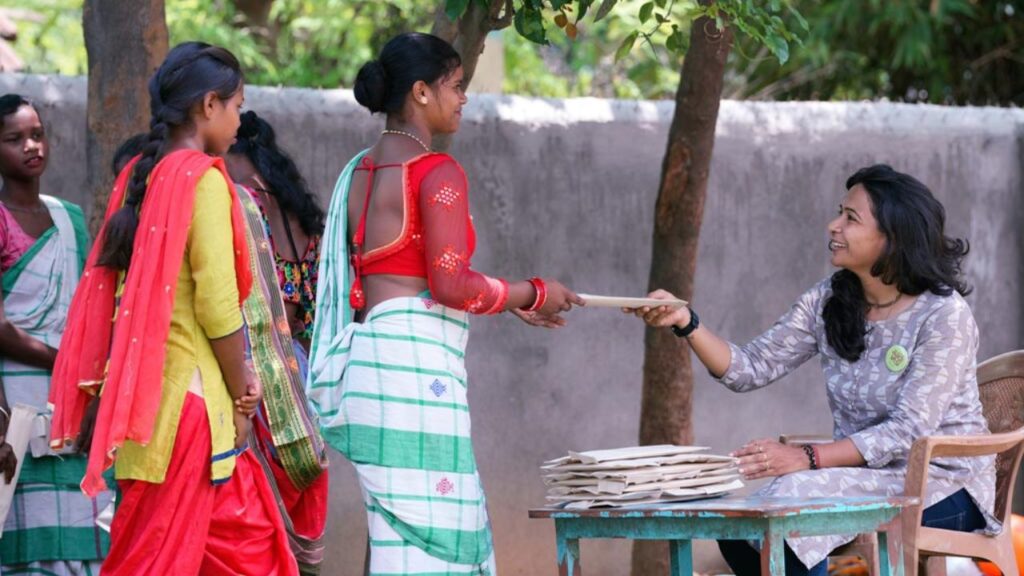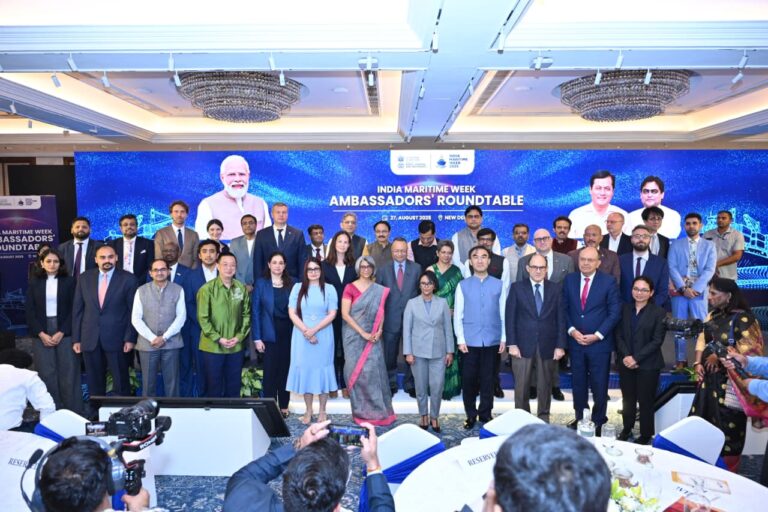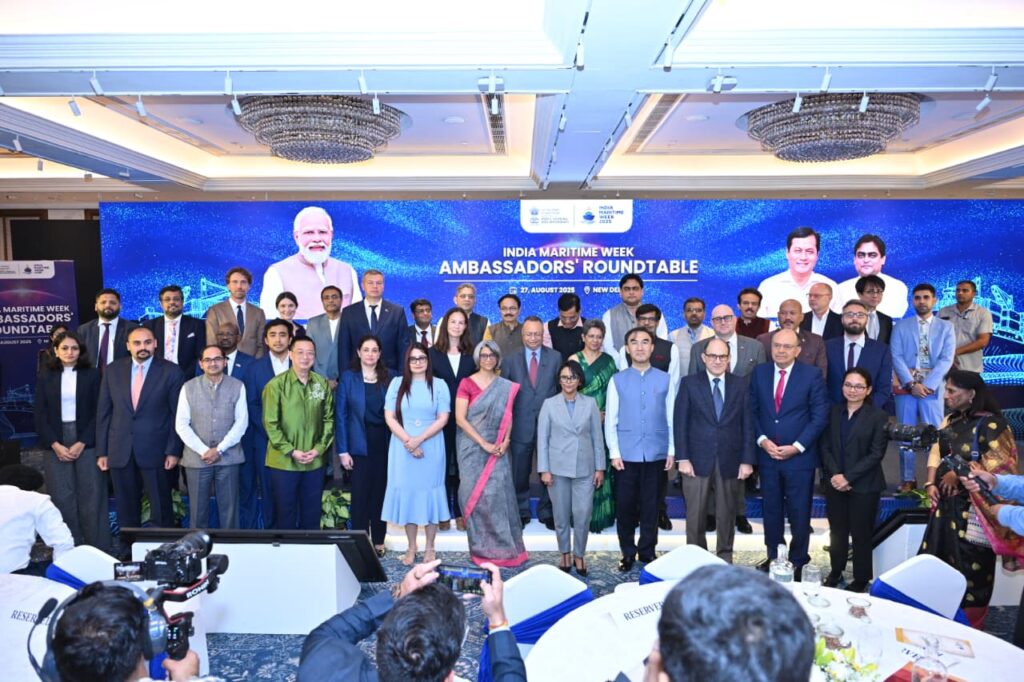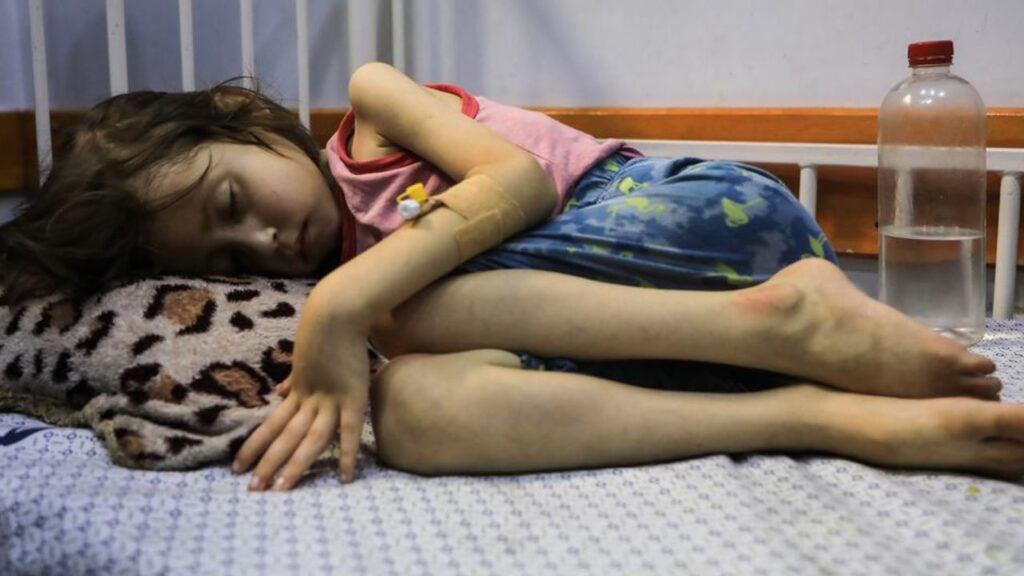Dr. Droupadi Murmu, India’s President, hails from the Santhal tribe in Odisha and is the second woman to hold this office. Her achievement marks a significant milestone for tribal communities and women, representing two historically marginalized groups. However, while we celebrate this progress, the health challenges faced by tribal women, particularly in menstrual health and hygiene, remain largely overlooked.
Despite their critical role in sustaining their communities and environments, tribal women face significant barriers to health, sanitation, nutrition, literacy, and rights awareness.
India’s tribal population numbers approximately 104 million, with women comprising about 47%, according to the 2011 Census. The Tribal Health Report (2018), published by the Ministry of Health and Family Welfare and the Ministry of Tribal Affairs, highlights dire health statistics: 65% of tribal women aged 15–49 suffer from anemia, and 75% of pregnant and lactating tribal women lack adequate protein and calorie intake. Among these challenges, menstrual health and hygiene stand out as critical yet neglected issues.
Menstruation remains a stigmatized topic across India, often considered impure. In many households, young women are taught to conceal sanitary pads from male family members, treating menstruation as a taboo subject. This stigma is particularly pronounced in tribal communities, where access to menstrual health resources is severely limited.
According to a 2021 study published by the National Library of Medicine, only 2% of tribal women in India use sanitary pads, compared to the national average of 57.6% reported in the National Family Health Survey-4 (NFHS-4, 2015–16).
Furthermore, only 1% of tribal women dispose of menstrual materials in dustbins, and just 1% practice hygienic reuse of menstrual products. These figures highlight a stark disparity in menstrual health management.
The challenges are multifaceted: limited availability of sanitary products in remote tribal areas, lack of accessibility for marginalized women, and affordability issues exacerbate the situation. Social stigma further hinders open discussions about menstruation, while inadequate healthcare infrastructure—often lacking gynecologists or women-specific health professionals—compounds the problem.
Water and sanitation facilities are also scarce; a community-based study in Khunti, Jharkhand, found that only 48.67% of adolescent tribal girls were aware of menstruation before menarche, and none used sanitary pads, underscoring a critical lack of awareness and resources.
Until the early 2000s, menstrual health and hygiene were largely ignored by policymakers, NGOs, and institutions. However, initiatives like the Menstrual Hygiene Scheme (MHS) under the National Health Mission (NHM) have since aimed to improve access to menstrual health materials (MHM) for adolescent girls in rural and tribal areas, emphasizing safe disposal.
The Swachh Bharat Mission has also prioritized building functional, safe toilets to support menstrual hygiene. Various campaigns have sought to raise awareness, distribute affordable sanitary napkins, and train community health workers in tribal regions.
Programs like the Accredited Social Health Activist (ASHA) initiative and Rashtriya Kishor Swasthya Karyakram (RKSK) have been introduced to bridge gaps in health services.
Despite these efforts, significant challenges persist. Poverty, inadequate infrastructure, and lack of region-specific approaches limit the impact of these initiatives. For instance, NFHS-5 (2019–21) data indicates that while sanitary pad usage has increased nationally to 64.5%, tribal areas lag due to inconsistent policy implementation and cultural barriers.
The “one-size-fits-all” approach often fails to address the unique social dynamics and logistical challenges in tribal regions, such as remote geography and entrenched taboos.
Addressing menstrual health among tribal women requires more than well-intentioned policies. It demands inclusive, culturally sensitive, and localised implementation. State-specific data collection and tailored interventions are essential to ensure effective outcomes.

















